Access Denied
IMPORTANT! If you’re a store owner, please make sure you have Customer accounts enabled in your Store Admin, as you have customer based locks set up with EasyLockdown app. Enable Customer Accounts
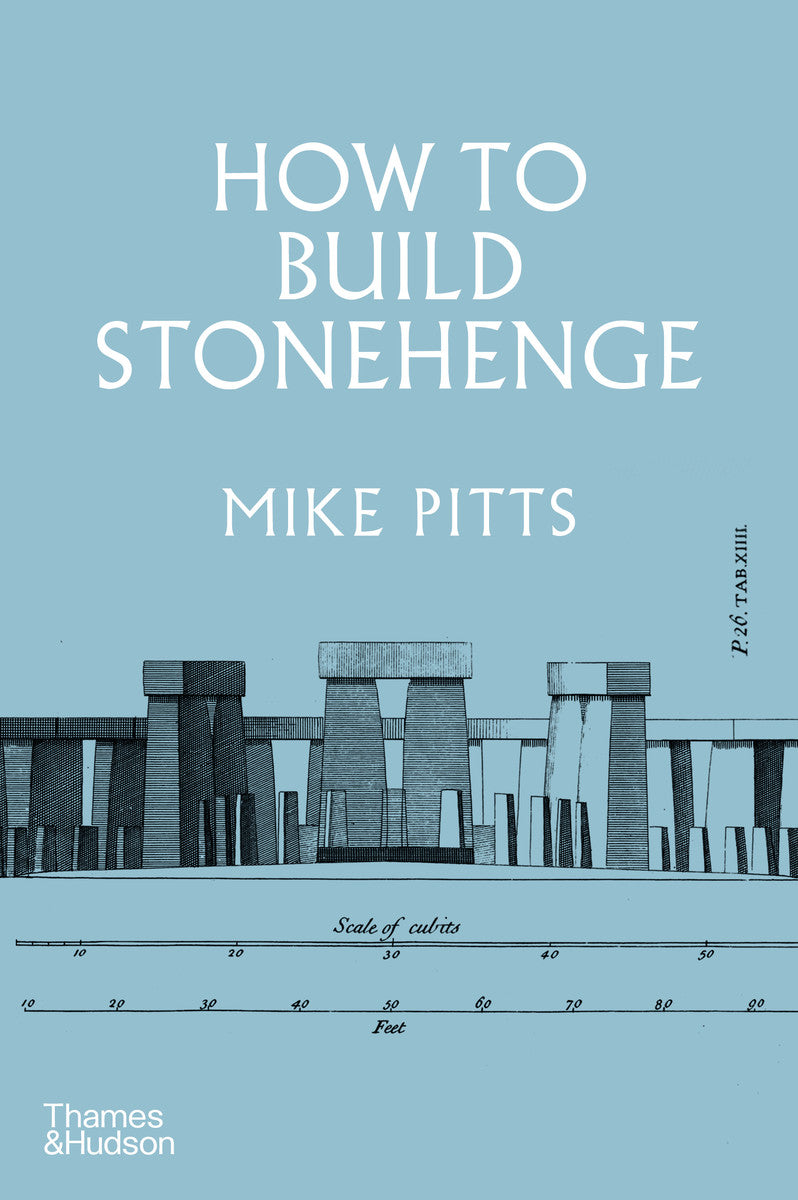
How to Build Stonehenge
A gripping archaeological detective story' The Sunday Times
- Regular price
- $43.99
- Sale price
- $43.99
- Regular price
-
- Unit price
- / per
Described by the Sunday Times as 'a gripping archaeological detective story' and 'wonderful', Mike Pitt's book draws on a lifetime's study and a decade of new research to address the first question that every visitor asks: how was Stonehenge built?
Draws on a lifetime's study and a decade of new research to address the first question that every visitor asks: how was Stonehenge built?
Icon of the New Stone Age, sculptural and engineering marvel, symbol of national pride: there is nothing quite like Stonehenge. These great sarsen and bluestone slabs, arranged with simple, graphic genius, attract visitors from across the world. The monument stands silent in the face of the questions its unlikely existence raises: who built it? Why? How?
There has been endless speculation about why Stonehenge was built, inspiring theories ranging from the academically credible to the improbable, but far less investigation into how. In the millennia since its creation, pieces of Stonehenge have been knocked over by heavy machinery, found their way to Florida (and back again), and been exposed to radioactive sodium, but the seemingly impossible endeavour of raising the stones with Neolithic technology has remained inexplicable - until now.
In the past decade ground-breaking discoveries, made possible by cutting-edge scientific techniques, have traced the precise provenance of the bluestones in Wales, but can we plot their journeys to the Salisbury Plain? And how might teams of labourers lacking machinery or even pack animals have dragged them 150 miles to the site? How did they carve joints into the sarsen boulders, among the hardest stones in the world, and then raise them into place? Mike Pitts draws on a lifetime's study to answer these questions, revealing how Stonehenge stood not in austere isolation, as we see it today, but as part of a wider world, the focus of a megalithic cosmology of belief, ritual and creativity.
With 109 illustrations
Icon of the New Stone Age, sculptural and engineering marvel, symbol of national pride: there is nothing quite like Stonehenge. These great sarsen and bluestone slabs, arranged with simple, graphic genius, attract visitors from across the world. The monument stands silent in the face of the questions its unlikely existence raises: who built it? Why? How?
There has been endless speculation about why Stonehenge was built, inspiring theories ranging from the academically credible to the improbable, but far less investigation into how. In the millennia since its creation, pieces of Stonehenge have been knocked over by heavy machinery, found their way to Florida (and back again), and been exposed to radioactive sodium, but the seemingly impossible endeavour of raising the stones with Neolithic technology has remained inexplicable - until now.
In the past decade ground-breaking discoveries, made possible by cutting-edge scientific techniques, have traced the precise provenance of the bluestones in Wales, but can we plot their journeys to the Salisbury Plain? And how might teams of labourers lacking machinery or even pack animals have dragged them 150 miles to the site? How did they carve joints into the sarsen boulders, among the hardest stones in the world, and then raise them into place? Mike Pitts draws on a lifetime's study to answer these questions, revealing how Stonehenge stood not in austere isolation, as we see it today, but as part of a wider world, the focus of a megalithic cosmology of belief, ritual and creativity.
With 109 illustrations
Extent: 256 pp
Format: Hardback
Illustrations: 109 illustrations, 30 in full colour
Publication date: 2022-04-28
Size: 24.1 x 16.4 cm
ISBN: 9780500024195
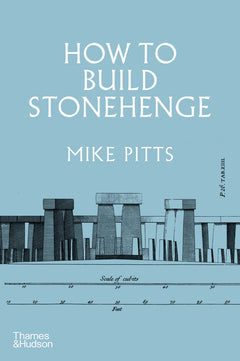
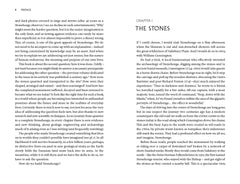
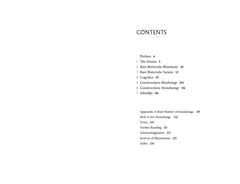
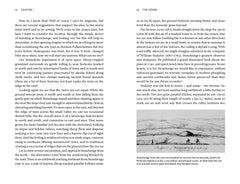
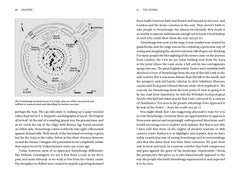
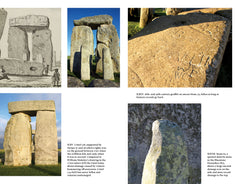
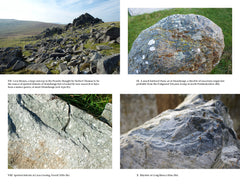
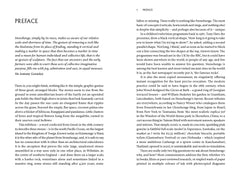
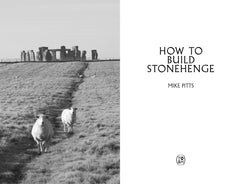
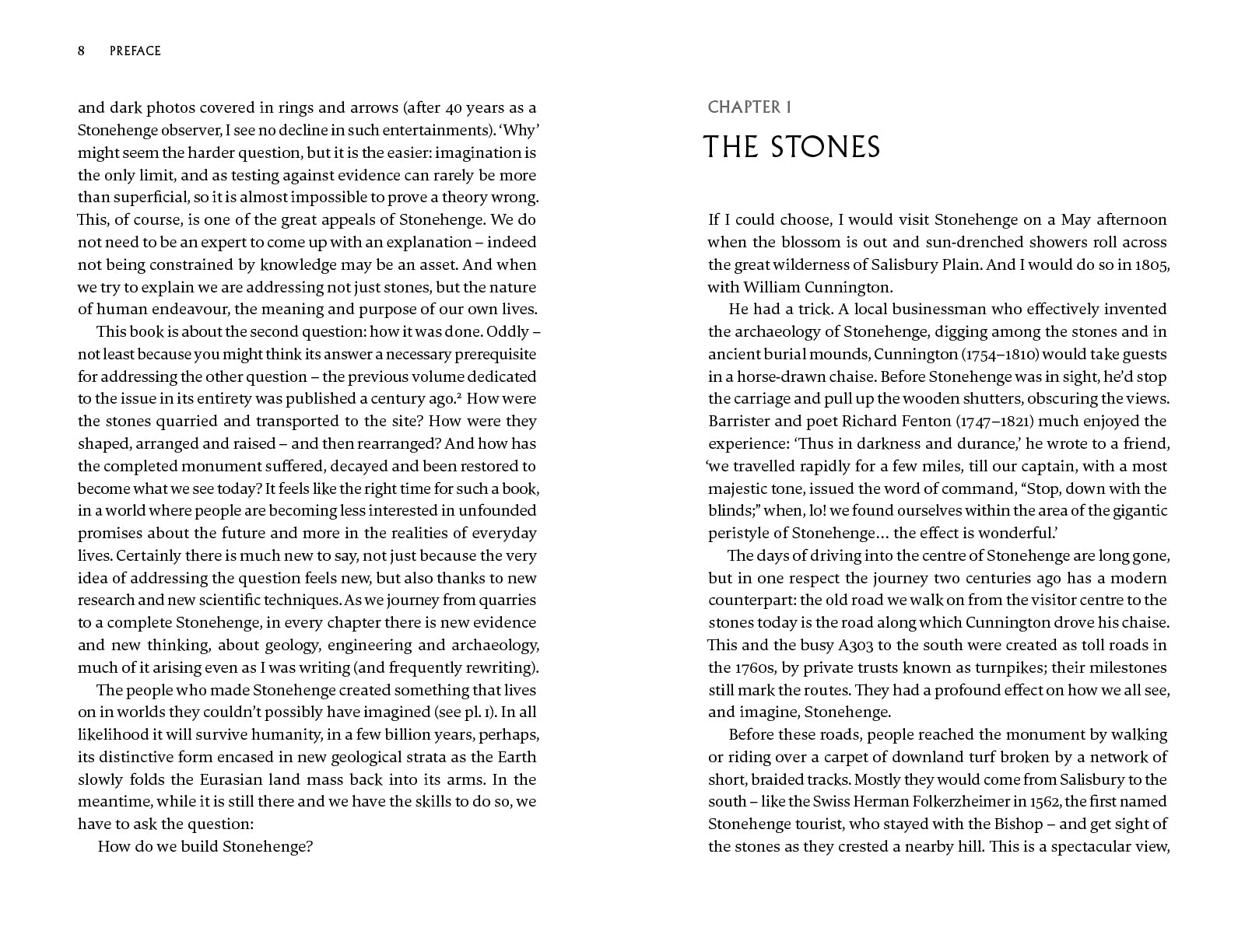
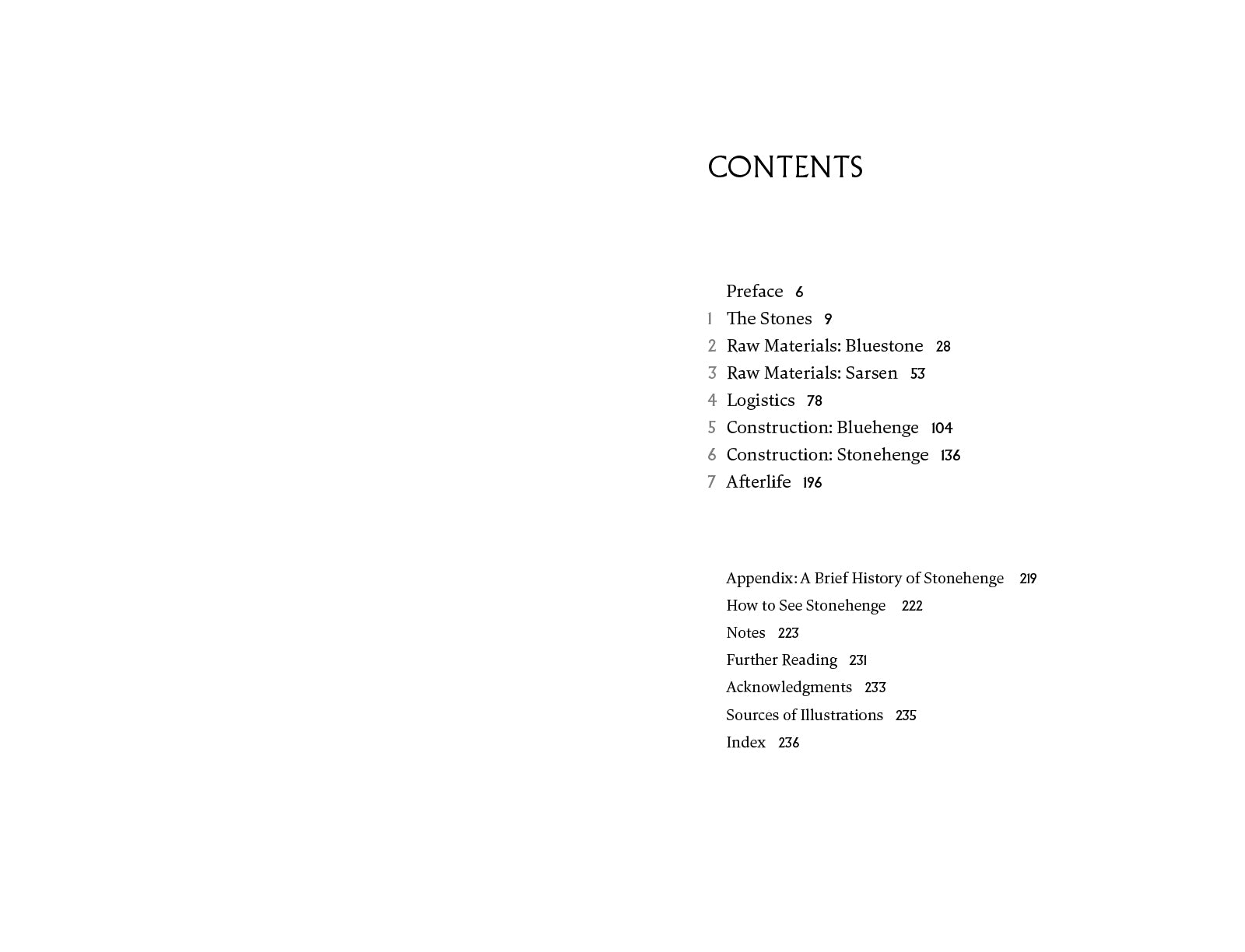
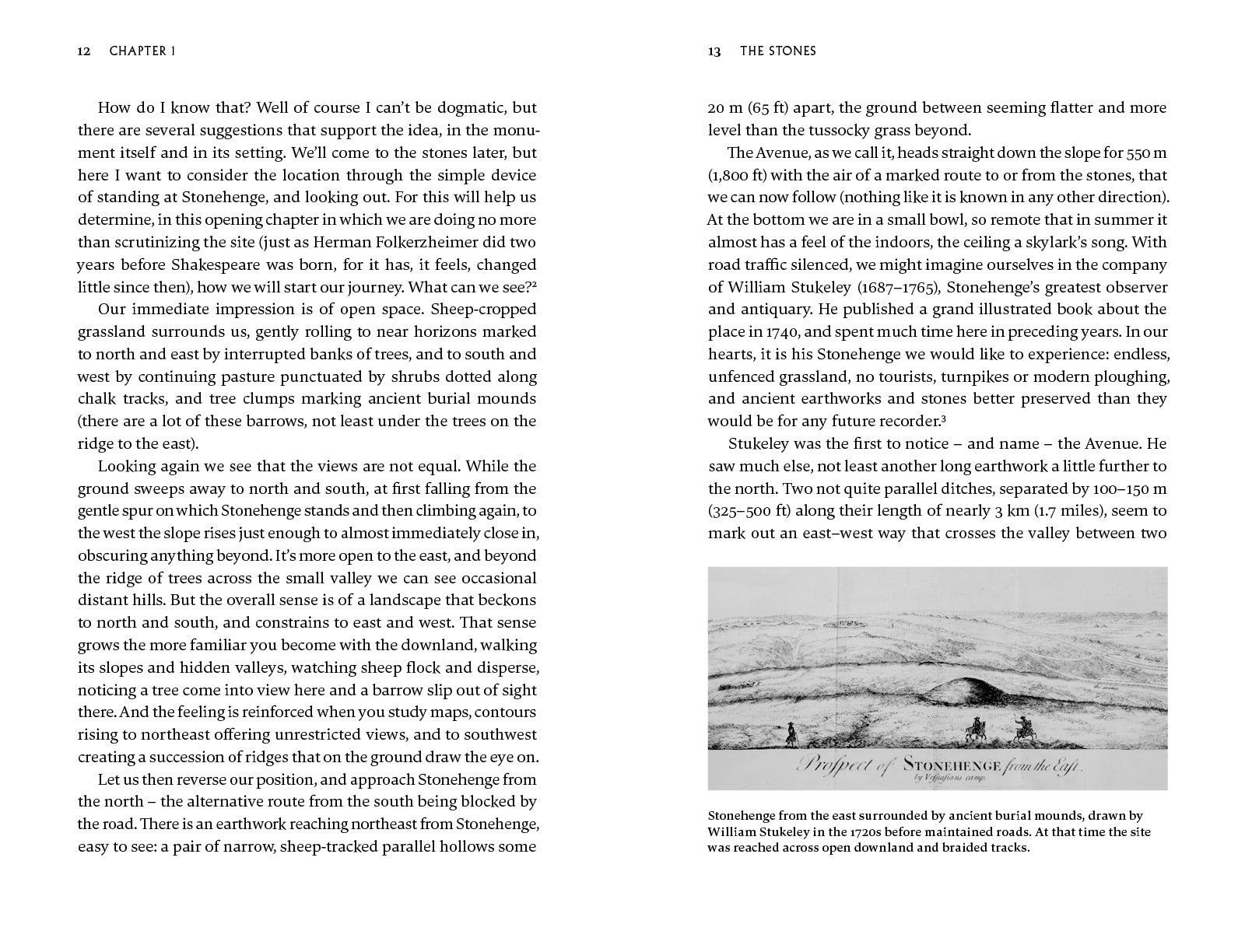
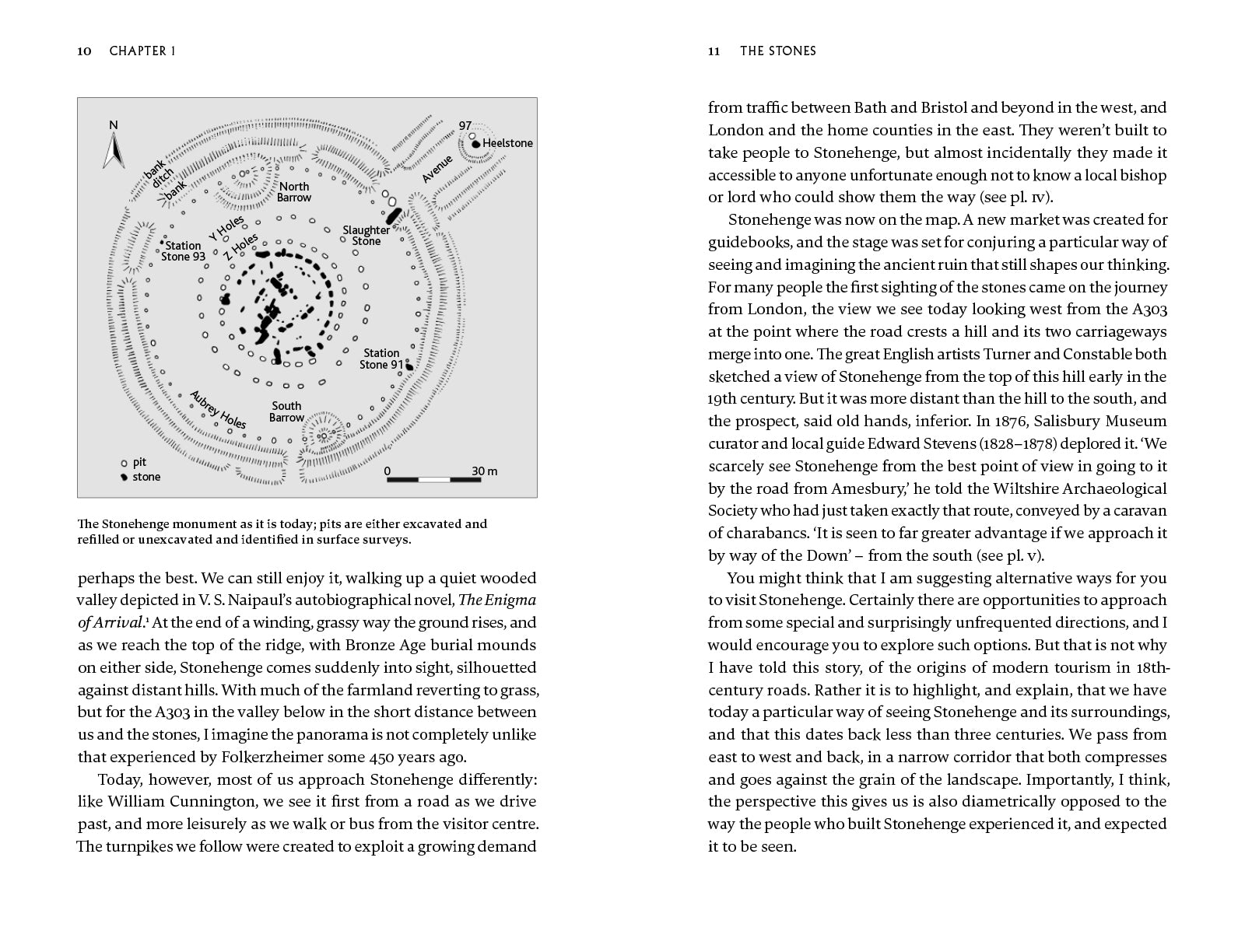
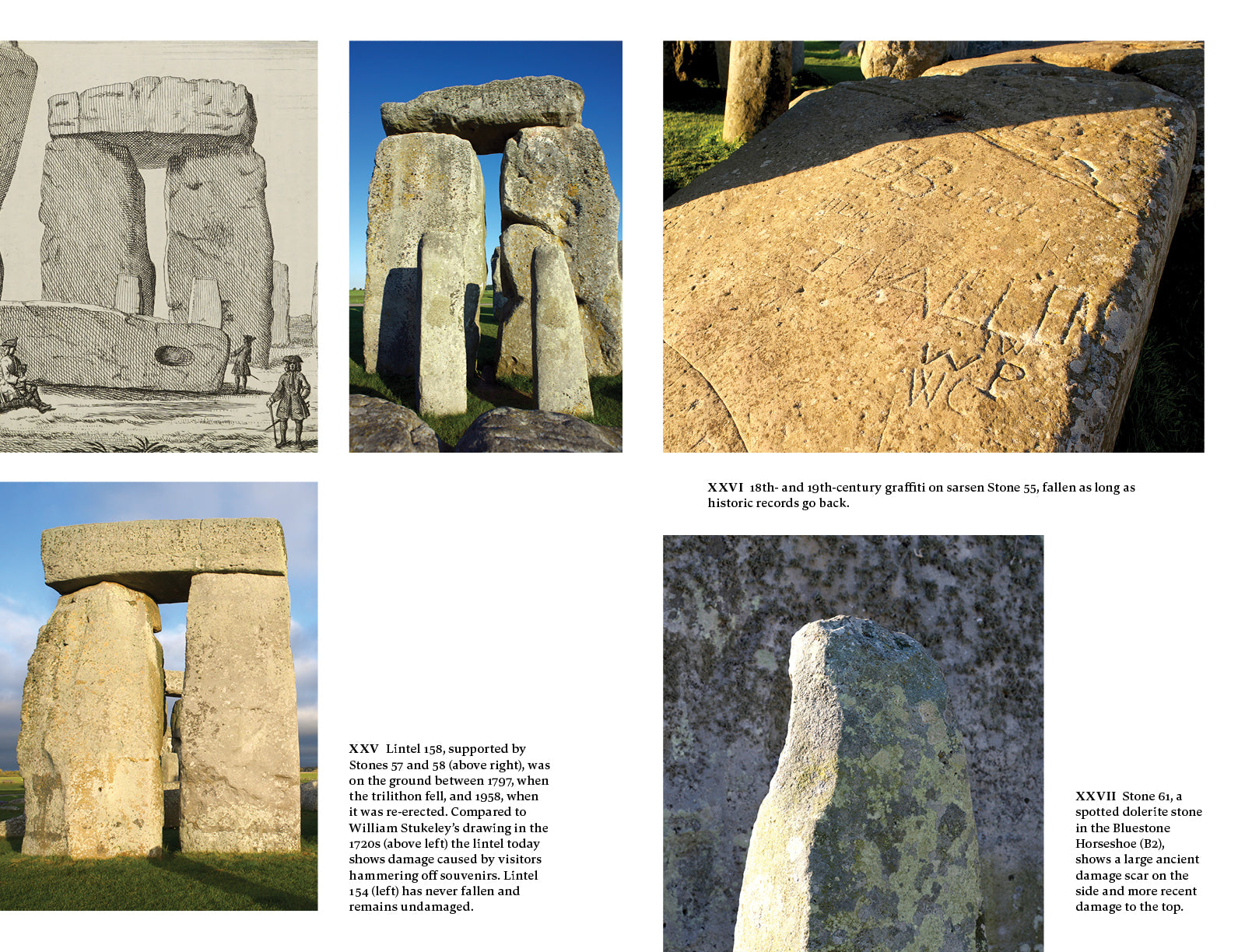
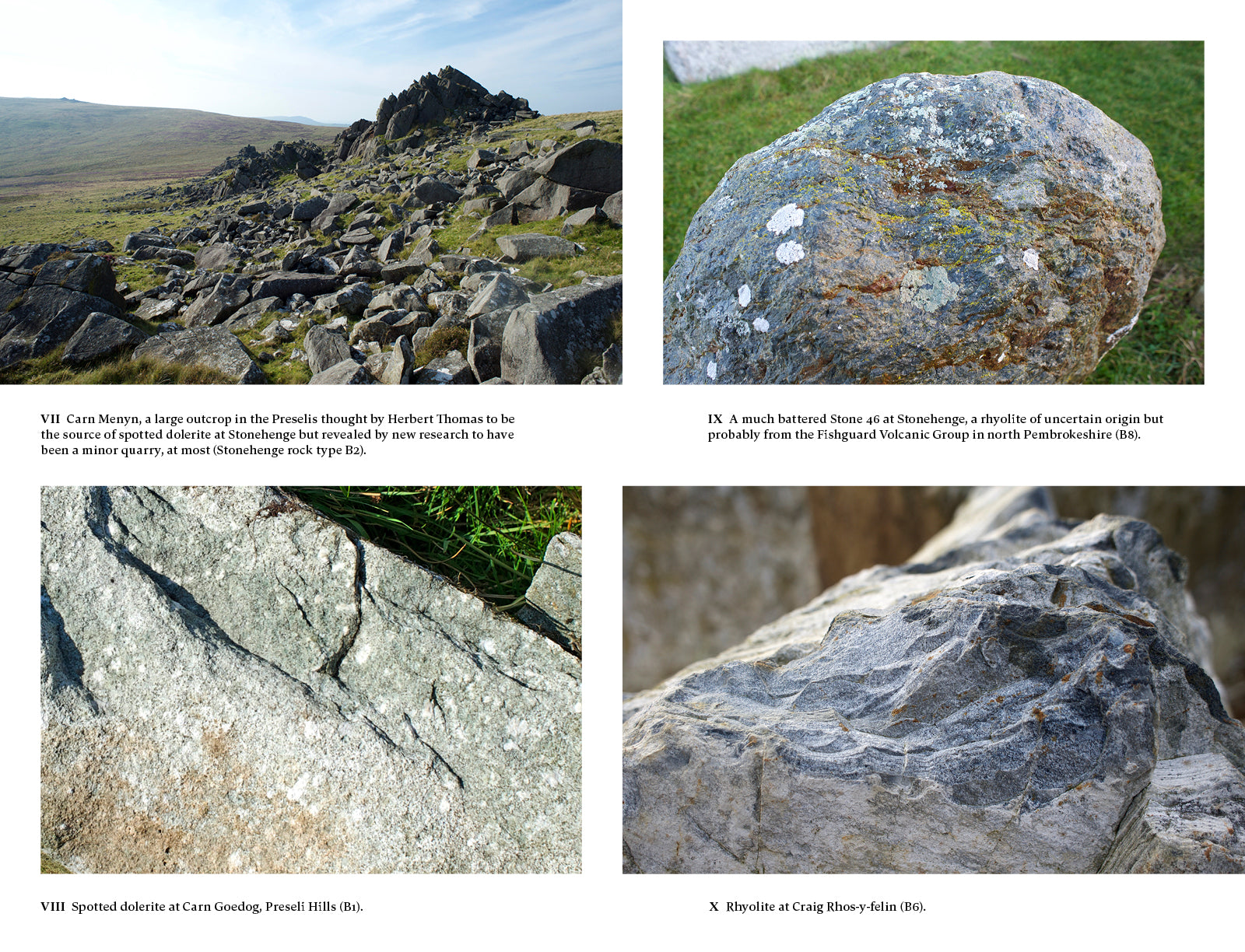
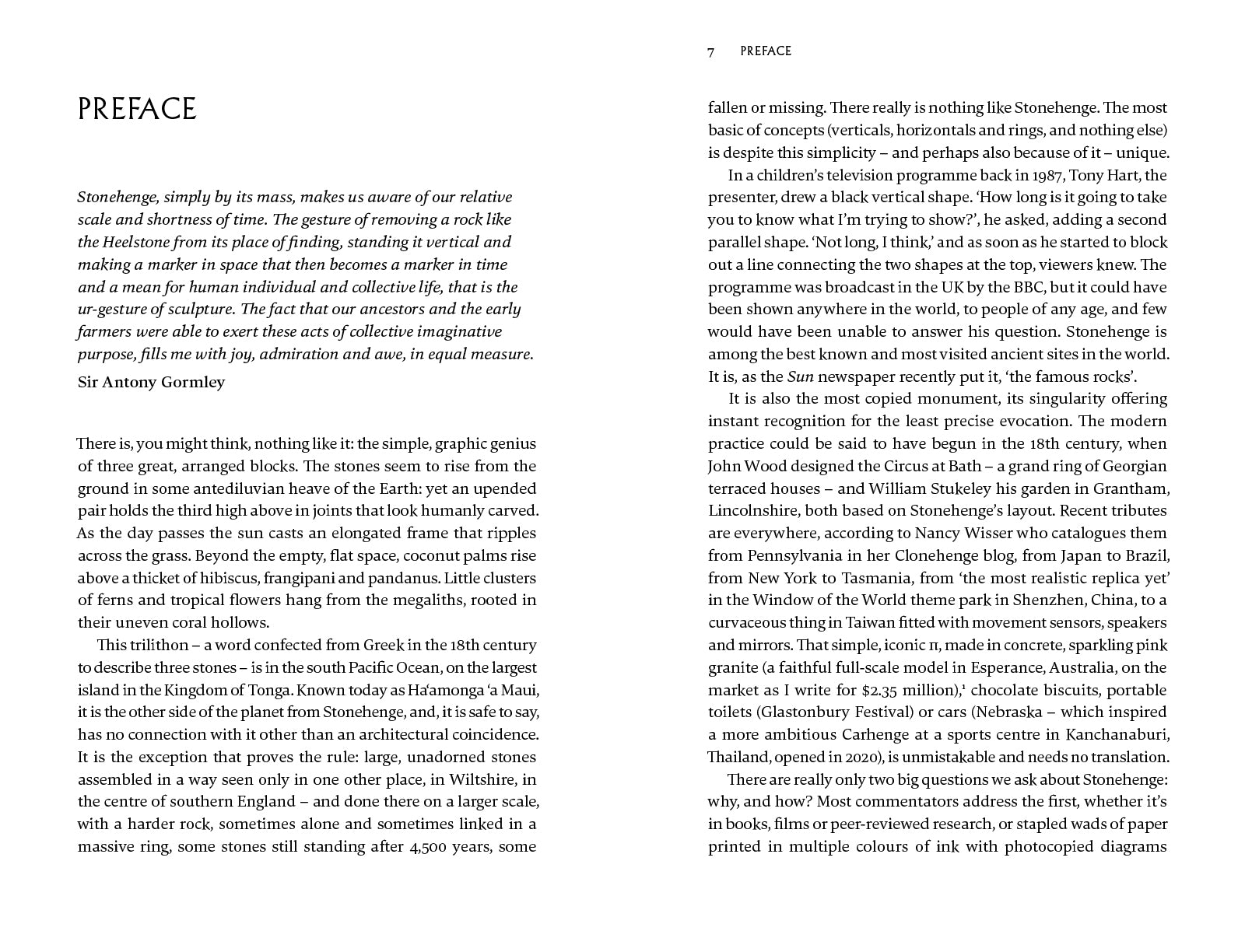
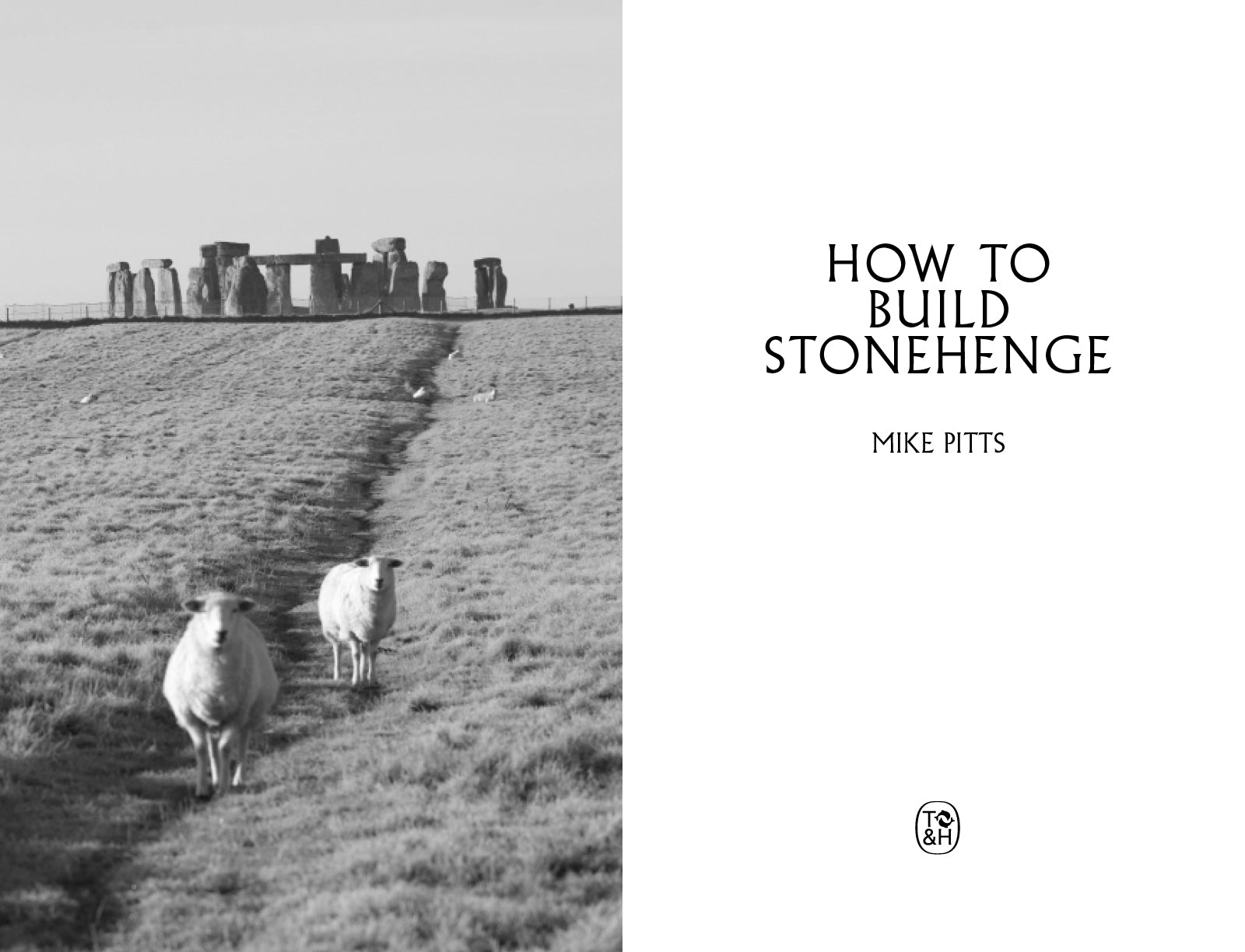
About the Author
Mike Pitts is an archaeologist and award-winning journalist. He has been the editor of Britain's leading archaeological magazine, British Archaeology, for over a decade, and is the author of Digging up Britain, Digging for Richard III and Hengeworld.
You May Also Like
View more
This product currently has no recommended items.
Sign up to our Newsletter
Our weekly newsletter is a curated collection of interviews, articles, stunning images and books we think you’ll love. Sign up to get 20% off.
In accordance with our privacy policy, you may unsubscribe at any time.
Invalid password
Enter
- Choosing a selection results in a full page refresh.

